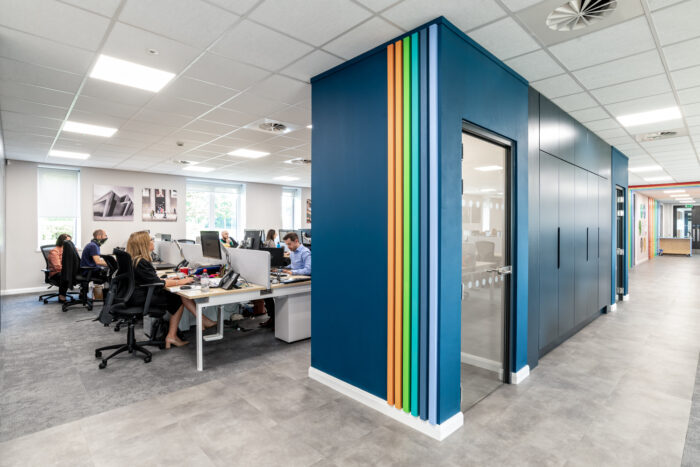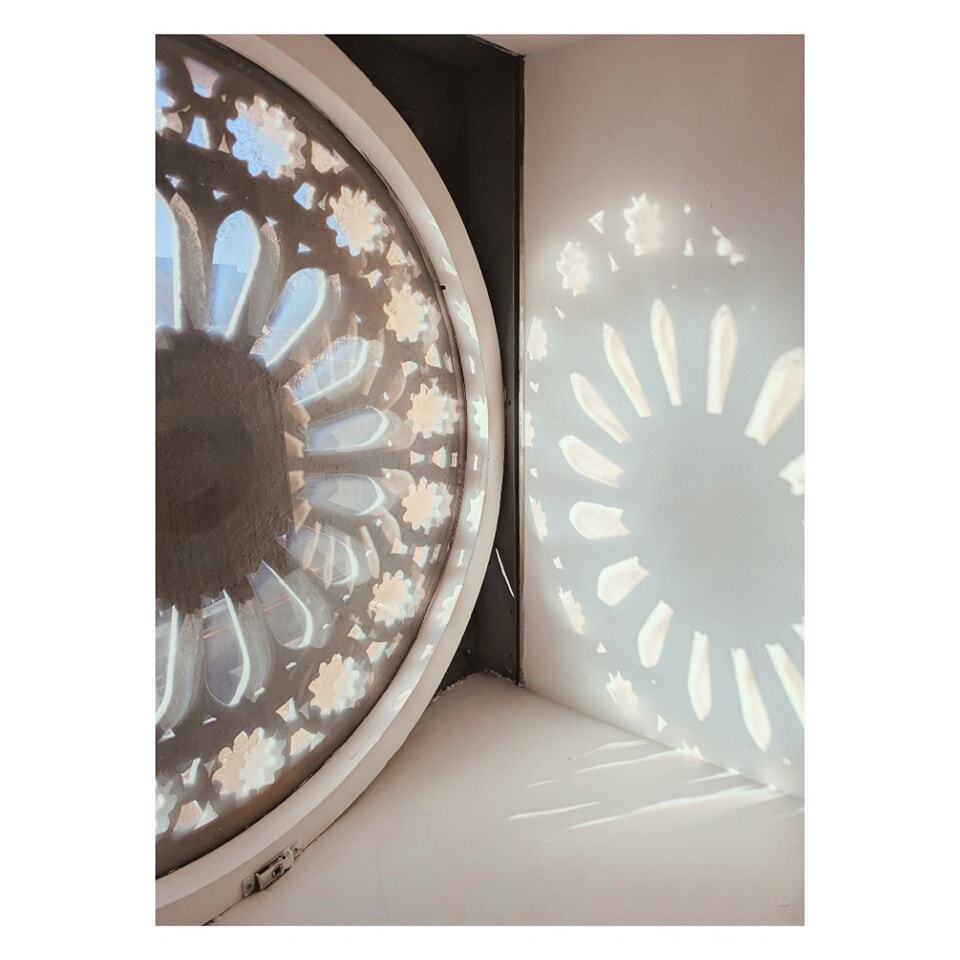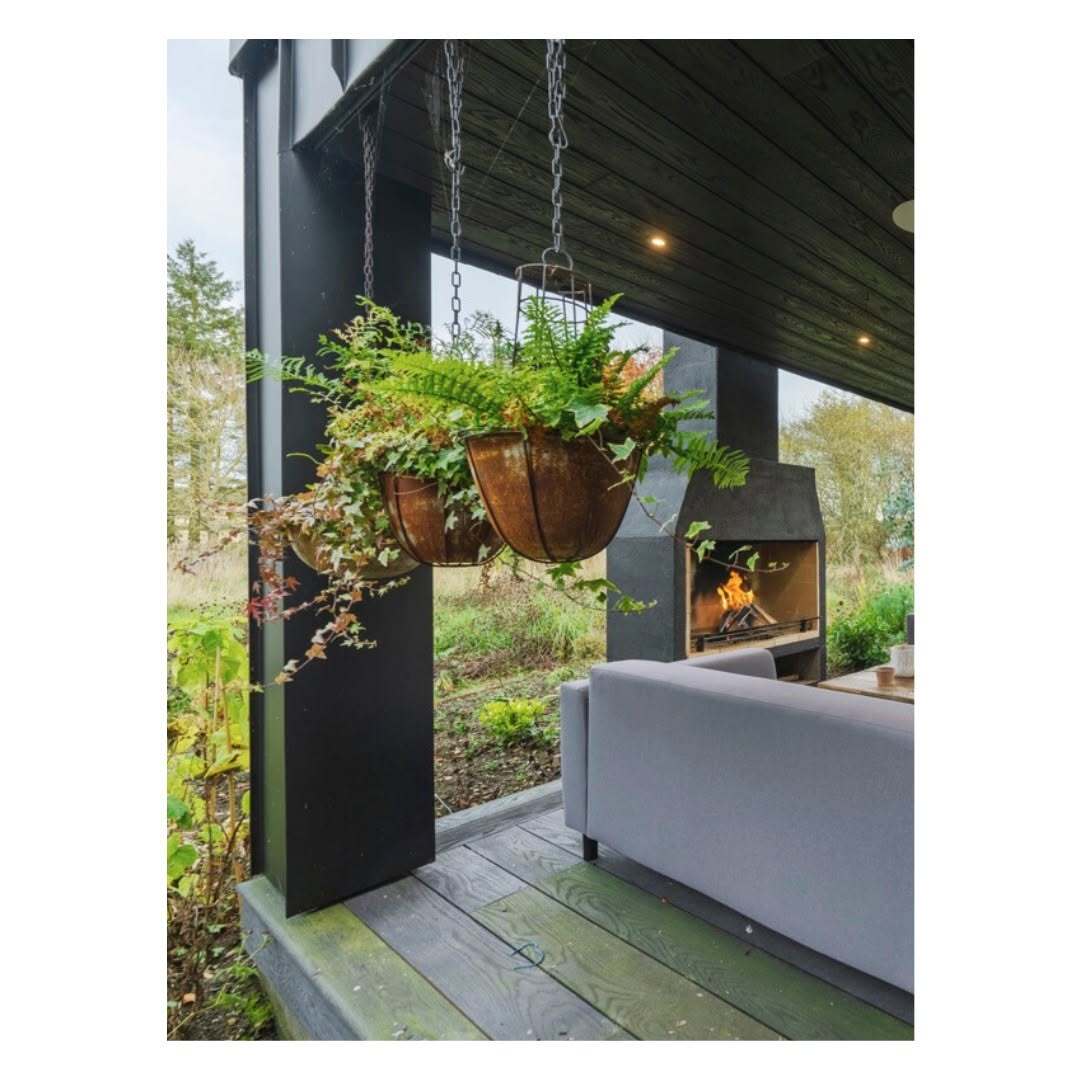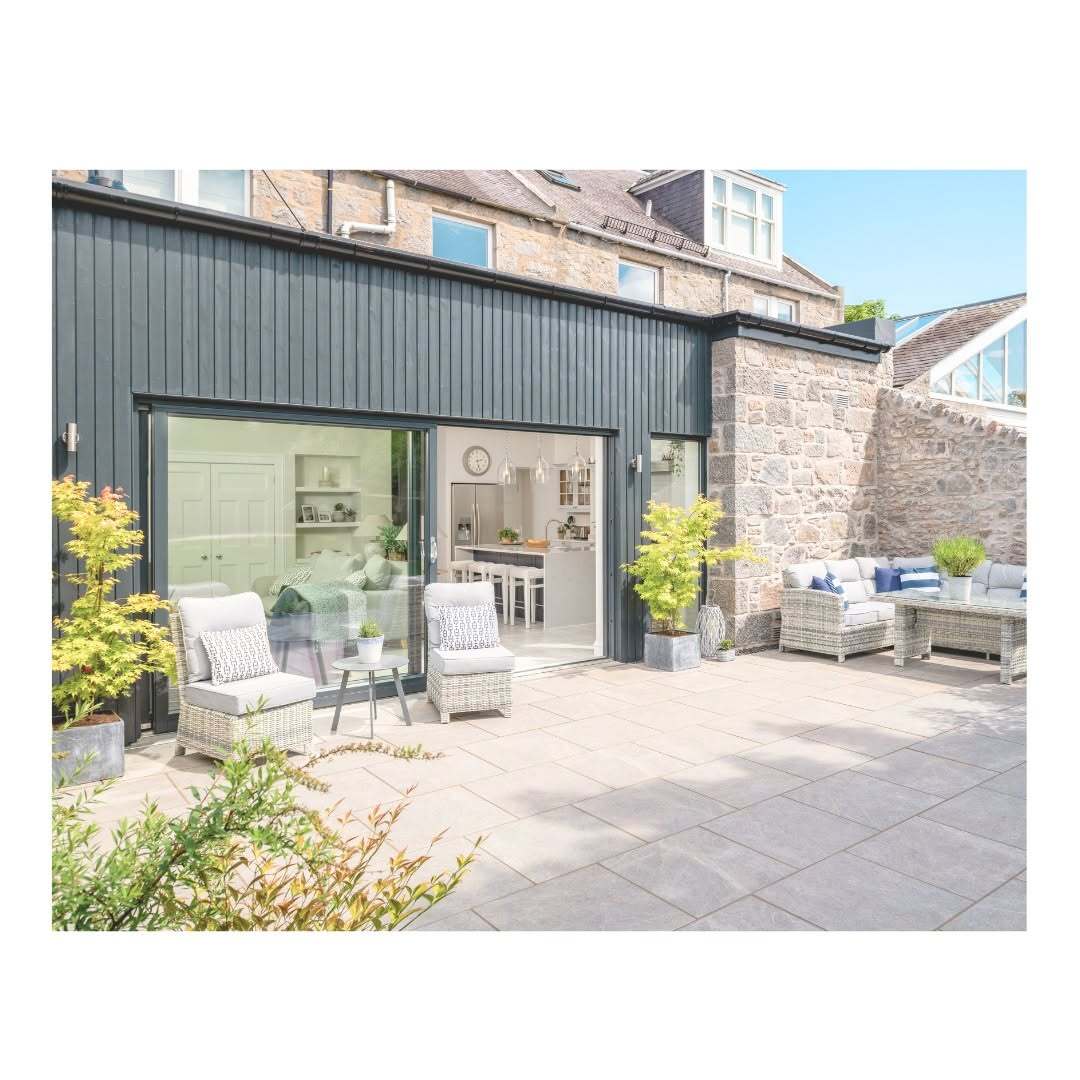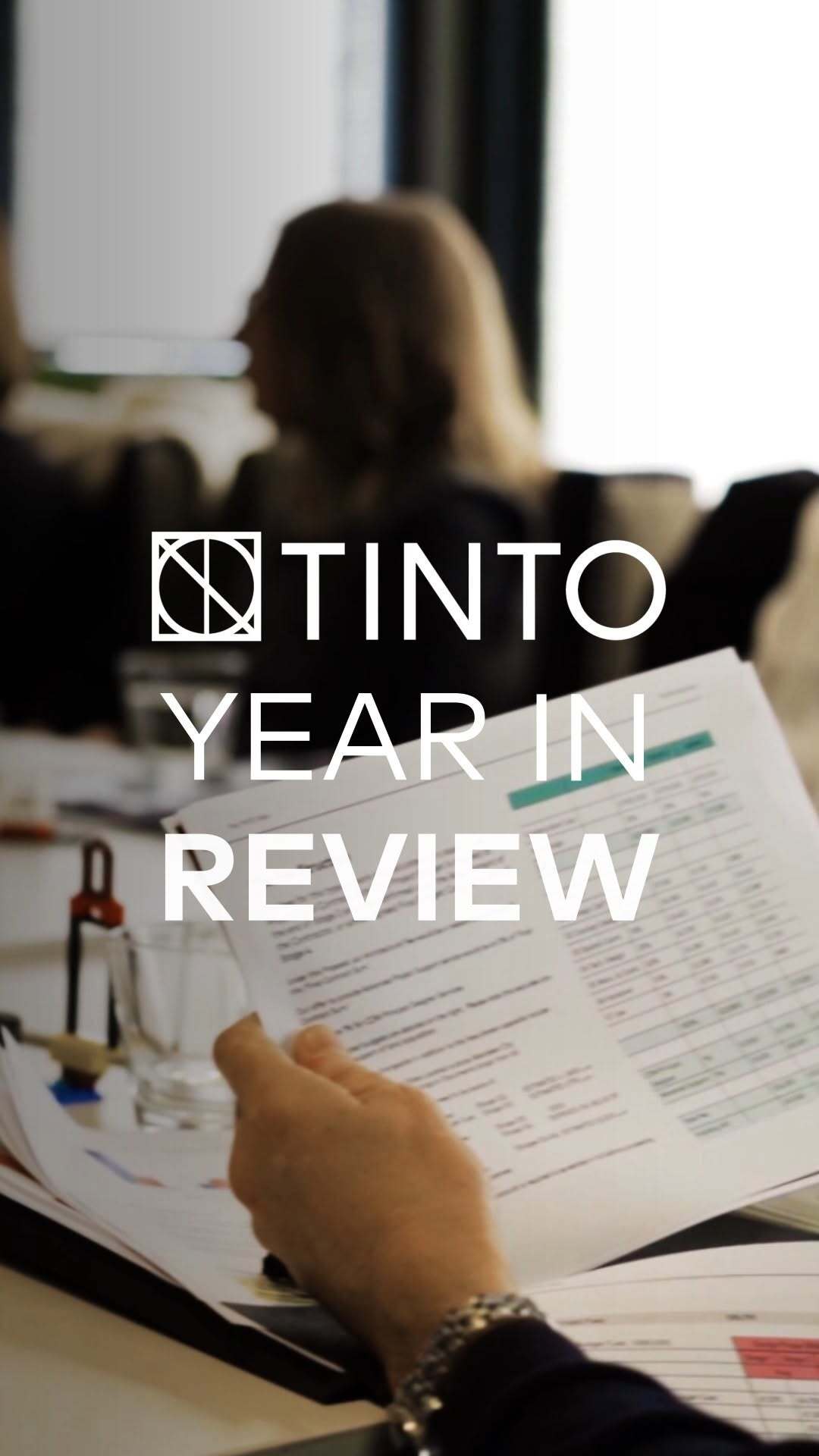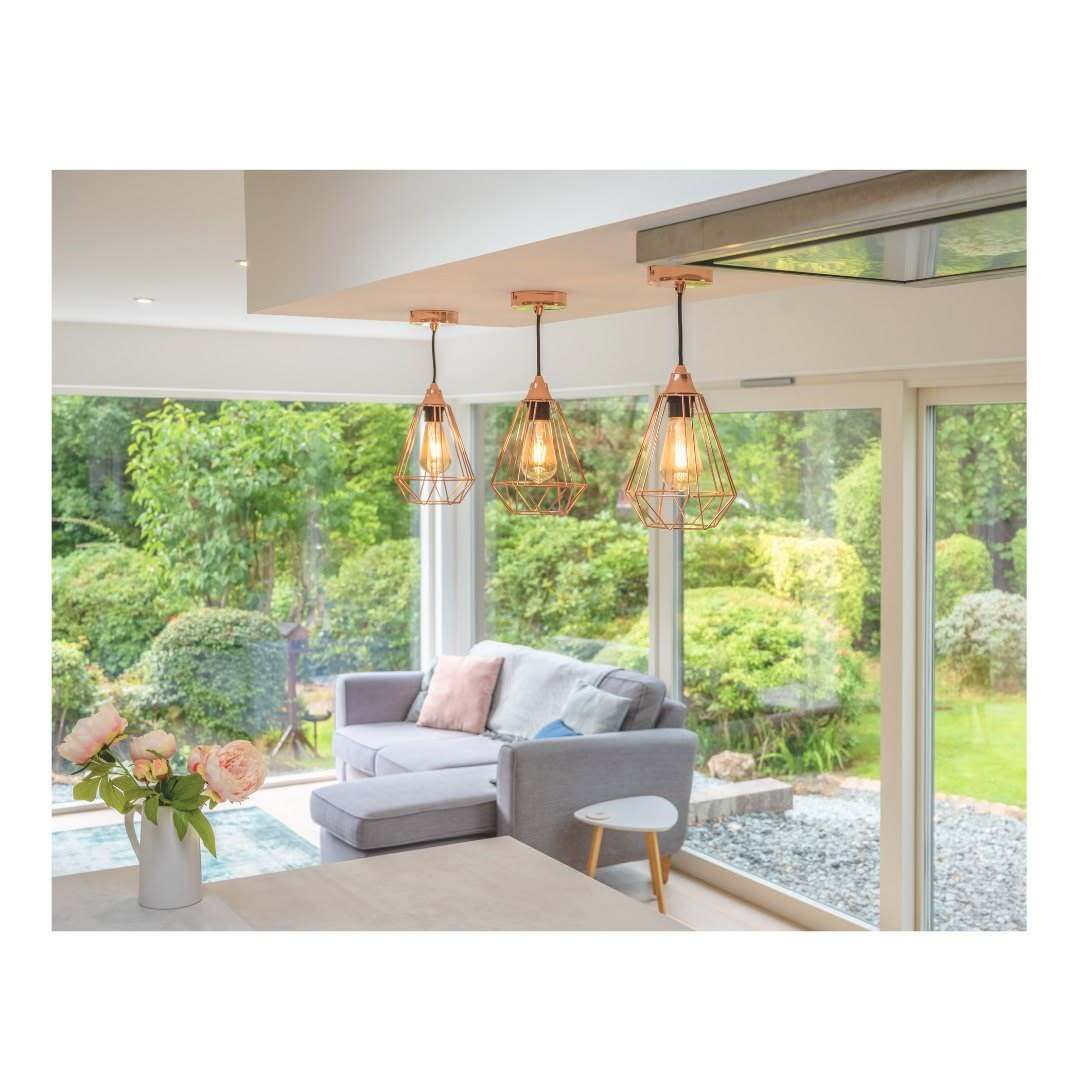The Rise of Collaboration Spaces in Offices, and How to Create One
In today’s modern world where we are bombarded with technology, there is a growing appreciation for human connection and what it can achieve. As a result, the amount of collaboration happening in the workplace is at an all time high, with more people coming together to generate ideas than ever before.
But what does it take to create a truly collaborative space in an office, and what could this look like for your company? Pulling from our experience in designing and creating this type of space for a range of industries, we have shared a few thoughts below, that will hopefully help you.

What are collaboration spaces, and why are they so important?
Collaboration spaces can take many forms - from formal meeting rooms designed for working as a group, or informal social spaces that allow staff to come together in a more relaxed, natural way.
Regardless of the style, the key purpose is that the space will encourage an atmosphere of discussion and team work, to connect people within the company and enable true collaboration.
There are so many benefits of well designed collaboration spaces at work, including:
- Increased communication between traditionally isolated teams
- More effective meetings and teamwork
- Increased staff morale and a positive culture
- New ideas, that may not have emerged previously
- Better staff retention
As a result, stuffy and formal boardroom settings are dying out, and a “hipster” culture is filtering through to even the more corporate companies.
No matter what size the company is or the industry in which it operates, it’s crucial that everyone feels connected as part of the team, so that they can create their best work.
How will the space be used?
The first thing to consider when creating a collaboration space is how you want it to be used:
- In what ways do you see people collaborating in this space?
- Who will be using it?
- How many people will be using it at one time?
- And what exactly are they collaborating on?
Your space should be designed with these considerations in mind, and be personalised to your business and your team. For example, a creative company may need big tables for laying out drawings and mock-ups, whereas a technical company may need writable surfaces to enable them to quickly and easily illustrate complex ideas, or have modern technology integrated into the layout of the space.
If you’re trying to encourage and enhance informal collaboration, you should consider design elements that will make it comfortable, to encourage people to socialise with each other in a natural way.
We recently worked on a project with iZettle to create a fun and creative environment for their staff, with a breakout room, canteen, tennis table, and even an integrated DJ booth. The result was an inspiring space where their staff could work and play as a collective, and feel more passionate about coming to work.

Use what you have
Once you know how you want the space to be used, and what you’d like to achieve, take a look at what’s already there and find areas that could be improved to encourage collaboration.
Canteens, staff rooms, and foyer areas have loads of potential for being great sociable spaces for staff, but are often neglected or not designed in a way that creates a welcoming atmosphere.
For example, how could you make the existing canteen a place people would want to go to, rather than sitting at their desk for lunch? Or look at where there are spaces that aren’t being used, and think about what you could do with it.
Identifying areas that aren’t being used to their full potential, and transforming them into a collaborative hub will maximise the use of space in the building, and save both time and money in the design process.
Be on brand
To successfully create a collaboration space in the workplace, the look and feel needs to embody your brand’s values, and tie in with your brand identity. How can you make your company’s values speak through the design of the space?
We recently did this for Petrofac, by creating an “innovation zone” that is relaxed but functional, and based around the technology that they are bringing to the industry. By designing an environment that was bright and colourful but still tied in with the company’s values and brand identity, the staff, as well as their clients and suppliers, are now able to come together and use the space more effectively.

Keep it flexible and future-proof
For your space to stay innovative and inspiring, it needs to be flexible. That’s why we like to create well-thought out spaces that can accommodate different types of activity or ways of working, personalised to that business - to ensure it gets used to its full potential.
There are so many handy elements you can bring into your space to achieve this. We tend to look for things that can be moved around or tidied away, instead of being permanently fixed down. For example, magnetic whiteboard wallpaper - it’s very simple, but very effective.
Thinking about ways that you can keep the space flexible also encourages you to think about how it will stand the test of time. Future-proofing is vital in keeping the area current and usable, so if technology advances it isn’t going to impact the entire space, or if the company grows, it won’t become overcrowded.
We recommend keeping it simple. Don’t focus too much on installing futuristic technology or filling the space to capacity - instead, be aware that the space needs to be adaptable to change and able to evolve with the company.

Create the culture
Everyone wants to create a positive and thriving company culture, but it’s an incredibly hard thing to do.
Creating a collaborative space on its own won’t necessarily create a collaborative environment, but it’s a hugely positive step towards achieving the organisational culture you’ve always dreamed of.
To help ensure your new space is used to its full potential, we would encourage transparent engagement with your staff throughout the design process. Listen to what they want from the space. What do they need? What would make their job easier? What do they think their current social spaces are lacking? Invite them to workshops and keep them involved.
After all, the space is being created for them, so it’s crucial to have their needs in mind when designing it.
If you'd like to discuss your idea or potential project with us, please get in touch! You can email us on info@tinto.co.uk, or give us a call on 01224 821670.
